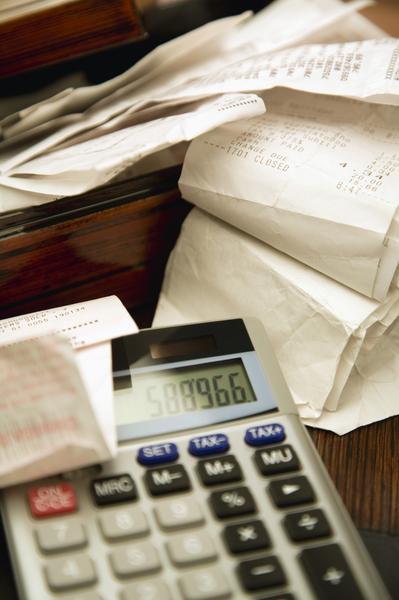How to Make a Business Balance Sheet

Balance sheet is a widely used financial statement which summarizes the balances of a company, whether it is a sole proprietorship, partnership or corporation, at the end of the fiscal year. It provides a snap shot of the company’s financial position from any point in time. A balance sheet essentially has three parts, merged into two – assets, liabilities and shareholders’ equity.
Instructions
-
1
Calculate the assets of the business. Make separate headings, where you will be classifying each item as current and non-current assets. The former will refer to those items which can be readily turned into cash, or can be liquidated within a year. The latter category will include equipment, property, land, depreciation and patents etc, those which cannot be converted into liquid form easily.
-
2
Calculate the total liabilities of the company. This will again be classified as current and long-term. These are the obligations a company owes and will need to pay either within a year, or after certain period of time. These will include notes payable, accrued taxes, accounts payable, leases, future commitments, potential lawsuits, mortgages and loans etc.
-
3
Now compute the owners’ worth or the equity. This will simply be calculated by subtracting a business’ liabilities from its assets. The net amount will be the worth of the company during that year. Depending on the nature of the business, this value can further include previous years’ earning or the value of the issued stock.
-
4
Now prepare the balance sheet. Regardless of the scale of the company, a balance sheet will be prepared in more or less the same way. List the assets on the left hand side of the sheet, while the right hand side will be the liabilities section, along with the shareholders’ equity. It is essential that both sides balance in order to demonstrate that all values have been incorporated properly. Moreover, depending on your need, all assets and liabilities must be classified into their various categories, with the remaining amount demonstrating the value of the company.
-
5
One can further create a consolidated balance sheet where the financial information is reported in a combined manner. This usually takes place when one owner has multiple companies and the details are merged or consolidated to show the performance as a whole, as if the business is working as a single entity.

